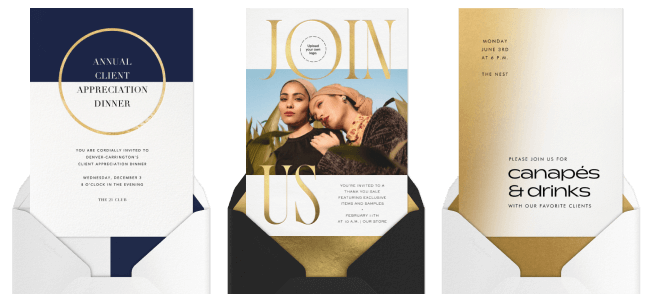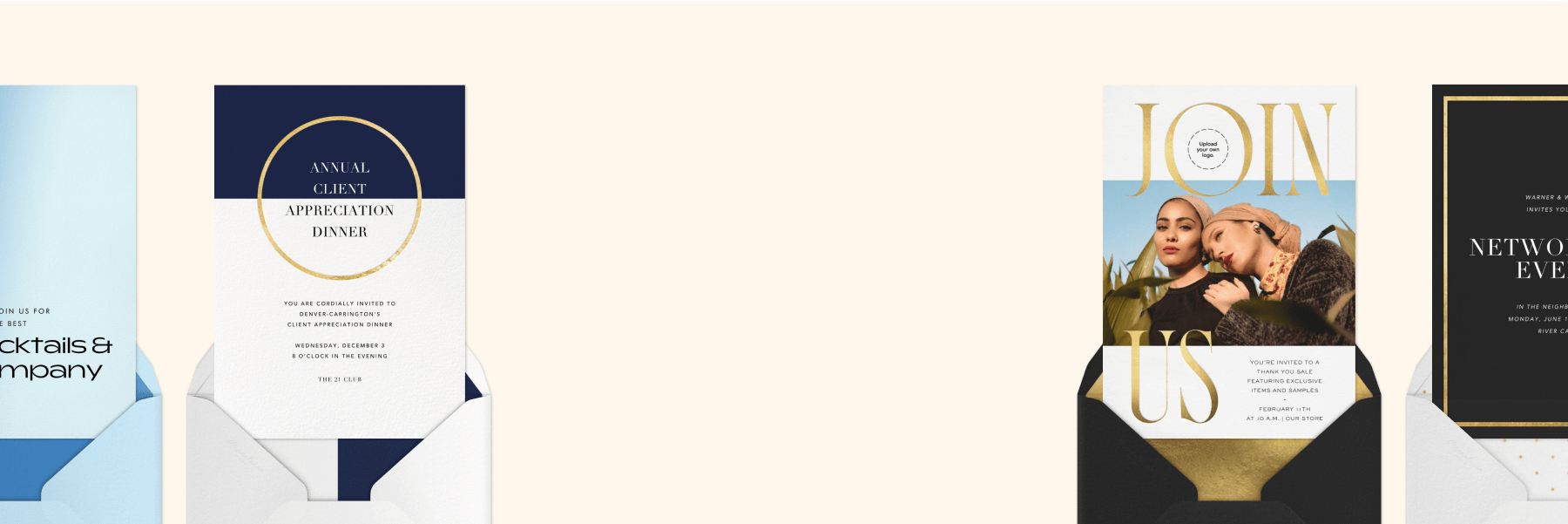How to increase event attendance: 7 effective methods

Planning an event requires organization, attention to detail, and a great deal of effort. However, its success is often measured largely based on the turnout. If you’re in charge of devising new ways to increase event attendance for your company or organization, don’t stress—achieving increased event attendance is possible. We’ve gathered a list of seven effective methods, from a targeted marketing strategy to personalized communication, that can help you pack the house at your next event.
Table of Contents
1. Understand your target audience
A successful event begins with an understanding of who your audience is and how you can specifically target them. Being aware of your audience is one thing; knowing how to get people to come to your event is another. There are plenty of event ideas to engage your audience, it’s just a matter of learning more about who they are and how to effectively connect with them.
Conduct a pre-event survey
A pre-event survey is a quick, easy, and inexpensive way to learn about the people attending your event. These surveys can be sent via email or shared on social media.
Focus on the following areas to gather the most useful information about your attendees:
- Demographics: Start by gathering basic information such as age, gender, location, and occupation.
- Interests: Dig a little deeper to discover what your audience is interested in (as it pertains to your event). Ask about ideal event topics, the preferred format (all-day seminars, lunch and learns, workshops, panels), date and time ranges, and some open-ended questions like what they’ve liked at past events, what they disliked, and why.
- Logistics: Learn how to make your event accessible to the greatest possible number of people. Ask about guests’ willingness to travel, accommodation needs, technology needs, and dietary restrictions.
- Expectations: Potential attendees are more likely to attend an event if they know what to expect. What’s in it for them? Ask what guests’ goals for the event are (gain knowledge, network, reward themselves or employees), their time commitment, and which exhibitions, speakers, or sessions they would be interested in seeing.
Group attendees based on common needs or qualities
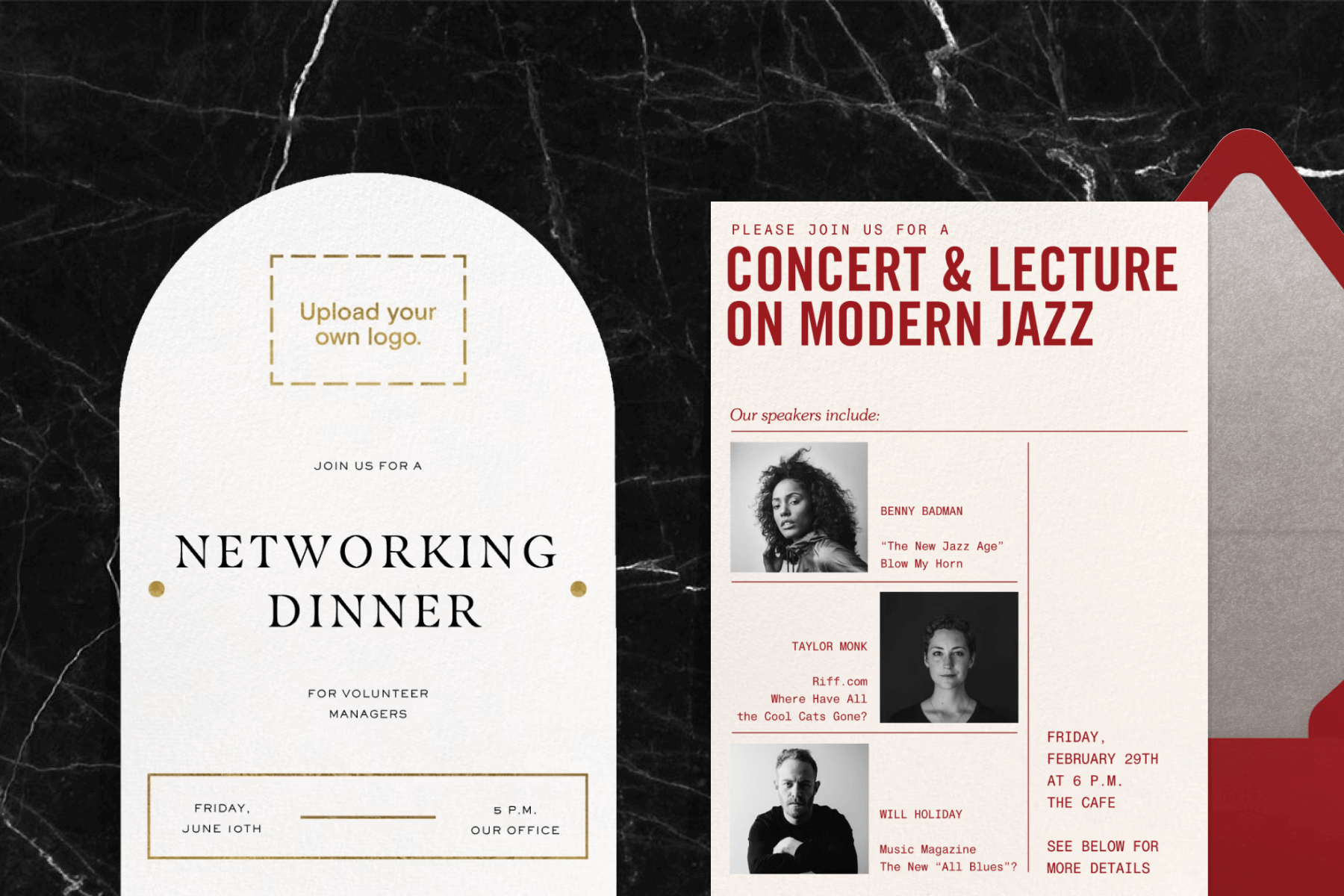
Great work! You’ve gathered extremely valuable information that will help you determine how to promote your event. Now, it’s time to analyze and organize your data.
Grouping attendees based on their responses will help you assess your guests’ common interests and needs, ultimately informing your decisions on the best ways to deliver them.
Here are a few examples of different audience groups and ways you can target them:
- Networkers: These individuals are looking to make connections and expand their individual or company opportunities. To encourage casual conversation in an appealing setting, plan a cocktail hour, power lunch, or book a suite at a sporting event.
- Lifelong learners: Lifelong learners have a thirst for knowledge. Quench it with seminars, speaker series, or workshops that cater to their interests.
- Trendsetters: Trendsetters are on the cutting edge of their industries. These leaders are looking for the resources, methods, and tools to take their businesses to new places. Gather them for the launch of a product, speaking engagement, or trade show.
- Philanthropists: Encourage the support of philanthropists by hosting intimate gatherings like dinners or brunches that allow for conversation and connection.
2. Develop a targeted marketing strategy
You’ve put in the work and done the research. Now, it’s time to develop an event marketing strategy that tailors a specific message to your target audience. You can accomplish this with a combination of emails, social media posts, and paid marketing. Let your budget guide the way as you determine how to use each marketing method to target your base. Costs vary by marketing channel, so it’s crucial to be intentional with how and where you spend your dollars.
Email marketing
Email marketing is one of the most effective and affordable ways to reach your audience. Email allows you to control your message, delivery, and timing. You can communicate directly with individuals from any of your audience segments and schedule your messages to be sent at specific times throughout your campaign.
One of the most valuable aspects of email marketing is that you can track engagement through open and click-through rates, giving you the necessary feedback to make any adjustments going forward. If your analytics show low click-through rates, it might suggest that your email content isn’t clear or compelling enough to warrant interest. If the number of click-throughs associated with your call-to-action is low, it might be time to rethink your messaging.
With the ability to deliver your event information directly to guests’ inboxes (without spending a lot of money), email marketing is a highly effective and efficient tool to get eyes on information about your event.
Social media marketing
In a world connected through social media, marketing through platforms like Facebook, X (formerly known as Twitter), Instagram, and LinkedIn is crucial. Through social media, you can engage with a broad audience and leverage that relationship to give them lots of specialized content like behind-the-scenes footage and live streams. With inexpensive tools and services (some of which exist within the apps themselves), you can brand and format your content for a cohesive and polished look across all promotional channels.
And while posting on your own social media accounts is great, it’s also important to create connections with previously untapped audiences through partnerships with event sponsors or social media influencers.
Paid marketing
All events and budgets are different, but allocating a portion of your budget to paid marketing is important, as it can extend your audience reach and increase event revenue. To target specific audiences through paid marketing methods like podcast ads and social media placements, select the geographic area of your event (if applicable) and filter to include specific demographics on each platform.
These efforts can ensure that your content will be seen by those who may not be actively searching for it. It’s important to keep measuring the success of your paid marketing campaigns using each platform’s analytics so you can adjust your filters accordingly and not waste money on an unengaged audience.
3. Create engaging event material
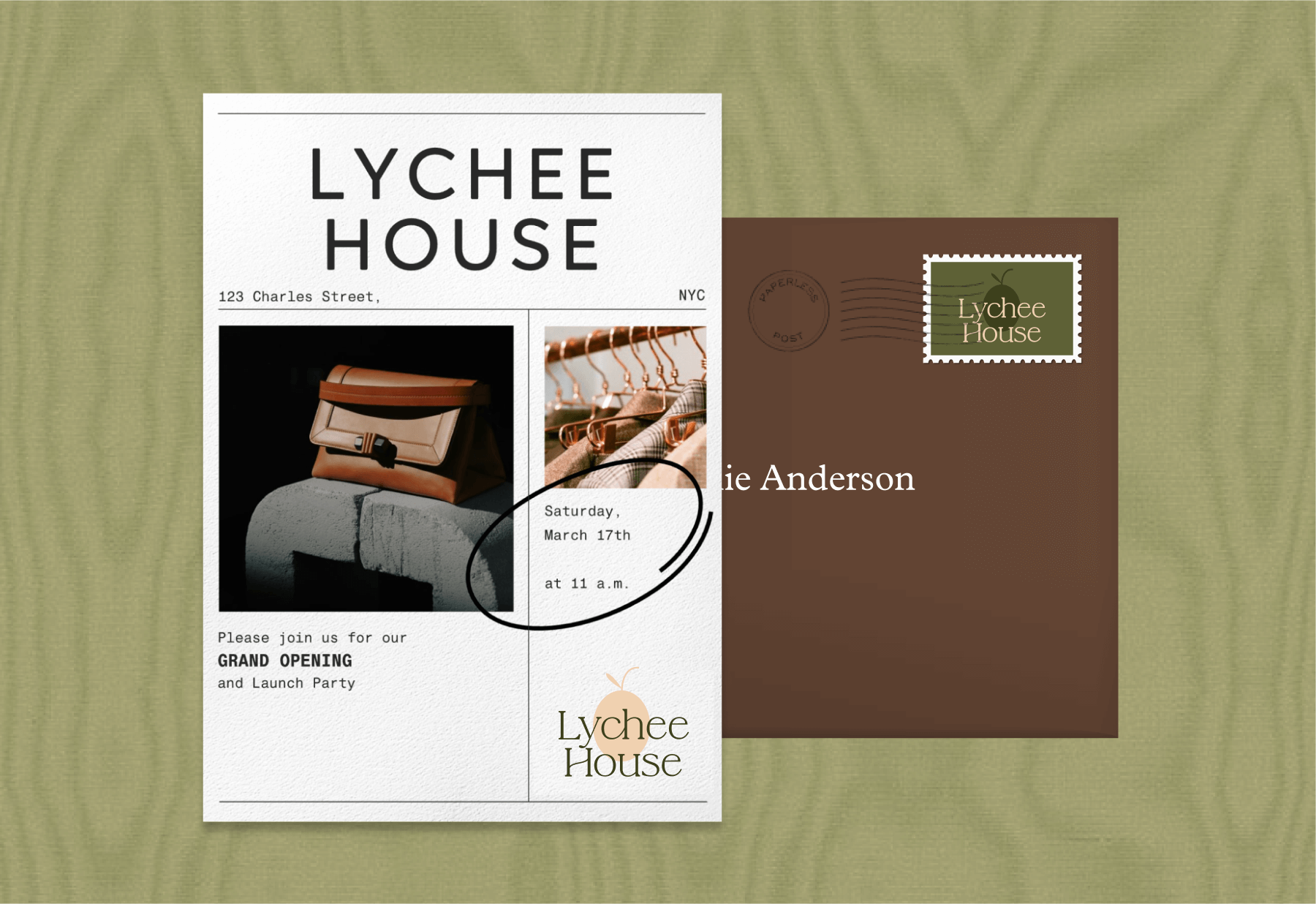
The event wheels are in motion, and your content is primed. Now, it’s time to put it all together to create engaging, informative, branded event material. Conveying your event information in a clear, eye-catching way is as important as delivering cohesive branding. With Paperless Pro, you’ll unlock unlimited access to our advanced suite of design features and tools to help you customize the designs of your business event invitations with your brand’s colors, fonts, logos, and details as well as organizing all your event information in easy-to-read Blocks.
Eye-catching event visuals

If you can grab someone’s attention with your event visuals, you’ll have a better chance of engaging potential attendees who want to learn more. Send an easy-to-share Flyer customized to fit your aesthetic to your guest list to promote your event. Take the opportunity to infuse your branding into your invitation and upload your logo so it’s front and center.
Comprehensive and clear event information
Now that you have everyone’s attention, focus on your messaging and tone. You can take inspiration from our corporate event invitation wording suggestions, or use your own brand’s style guide to let guests know more about the event.
Include the following details:
- Event name
- Date and time
- Location
- Agenda
- Registration information (deadlines, fees, links)
Other pertinent information may vary based on the type of event you’re hosting. For example, if your event is an in-person gathering, it might be helpful to add a Travel Block to your invitation with a map and directions. For a virtual event, make sure to include a Links Block that grants attendees access.
Event testimonials
Event testimonials are an effective way to drive attendance and add a layer of credibility. Add a Speakers Block to include quotes attributed to past attendees or speakers so you can build off the success of those events and create anticipation for your upcoming one. Or add a Video Block with client testimonials or footage from past events—most people find testimonials to be more reliable and a better source of information than other marketing materials.
Personalization
Impress potential attendees with personalized invitations that speak directly to them.
- Customize each invitation by uploading your logo and editing your Page Style color to coordinate with your branding.
- Add a Details Block to the invitations that includes an early bird or group discount code to create urgency and drive sign-ups.
- Send private messages to individuals or broadcast messages to everyone who’s RSVPed, thanking them for their interest or encouraging them to take the next steps before the big day.
By customizing your invitations and corresponding with guests to learn their preferences and interests, you can create a sense of connection, trust, and loyalty that will drive attendance and lead to a successful event.
4. Make the RSVP process as simple as possible

A key factor in increasing attendance for an event is making it easy for individuals to attend. The sign-up process should be quick, efficient, and executed in as few steps as possible. With online invitations, guests can RSVP directly and sync the event to their calendar—it doesn’t get much smoother than that. Set your guests up for success with our helpful guest management features, and use Paperless Pro’s advanced Analytics to keep track of invitation deliveries, opens, and responses. (Not ready for a Pro subscription? Upgrade to Plus for your individual events and pay as you go for premium features.)
- Guest Questions: Enable Guest Questions while creating your invitation to ask questions that will help accommodate those attending—think dietary restrictions, mobility issues, or any other information that will ensure a favorable event experience.
- Guest Tags: As RSVPs begin to roll in, you can create custom Guest Tags that allow you to organize your guest list into categories. This makes it simple to send targeted messages, identify VIPs, and sort out food allergies or preferences.
- Group Sending: Allow guests to RSVP on behalf of others with our Group Sending feature, which is convenient for coworkers or family members.
5. Build anticipation
As the big day gets closer, translate the event excitement into anticipation—and increase attendance in the process. Engage your audience with intentionally designed pre-event activities and communications that encourage interaction.
- Event checklist: Provide tips or remind attendees of any items or materials they may need for the event.
- Email reminders: Send information on featured event speakers and event day agendas.
- Sneak peeks: Include videos of behind-the-scenes footage or special messages from speakers or guests of honor.
- Countdowns: Nothing builds anticipation like a countdown—countdown clocks or timers add excitement and remind attendees to make necessary arrangements for the day.
- Contests: Conduct trivia contests or give away swag to registered attendees—they’ll love the freebie, and you’ll benefit from the enhanced reach.
6. Utilize technology to stream events virtually
There are plenty of reasons why individuals may be unable to attend events in person: transportation, child care, a jam-packed schedule, and, well, life. That’s why virtual or hybrid attendance options offer added convenience and benefits.
- Accessibility: A hybrid event will not only appeal to a wider audience, but it will meet guests where they are. You can also mitigate health concerns, unexpected obligations, and physical location restrictions with virtual attendance options.
- Cost-effective options: Virtual alternatives can reduce costs for attendees and lower your own costs as well.
- Reach: Virtual or hybrid options are the easiest way to utilize your existing platform and technology to reach more people.
Paperless Pro makes it easy to incorporate virtual elements into your event to create an optimal experience for every attendee. Add a Links Block to your invitation so guests can join the event easily through Zoom, Microsoft Teams, YouTube, or your company website. A Speakers Block can give potential attendees more information about the event and who’s speaking so they can plan to join the entire event or just log on for a specific speaker that they’re interested in.
7. Reach out to attendees for feedback
There are few better feelings than executing an outstanding event. Take some time to enjoy the fruits of your labor and the success of a well-attended event. As you reflect on the event, consider what went well, what didn’t go exactly according to plan, and what can be improved.
Conducting a post-event analysis is a valuable exercise; it allows you to capture your successes and shines a light on how to increase event attendance for your next great event. Here are some ways to conduct an event analysis:
- Send post-event surveys to attendees, speakers, sponsors, and event staff
- Review notes from the day (take a look at event flow, logistics, and attendee behavior)
- Analyze registration numbers (RSVPs vs. actual attendance, no-shows)
- Examine social media metrics from the event day (mentions, shares, comments, hashtags)
Post-event surveys within thank you cards
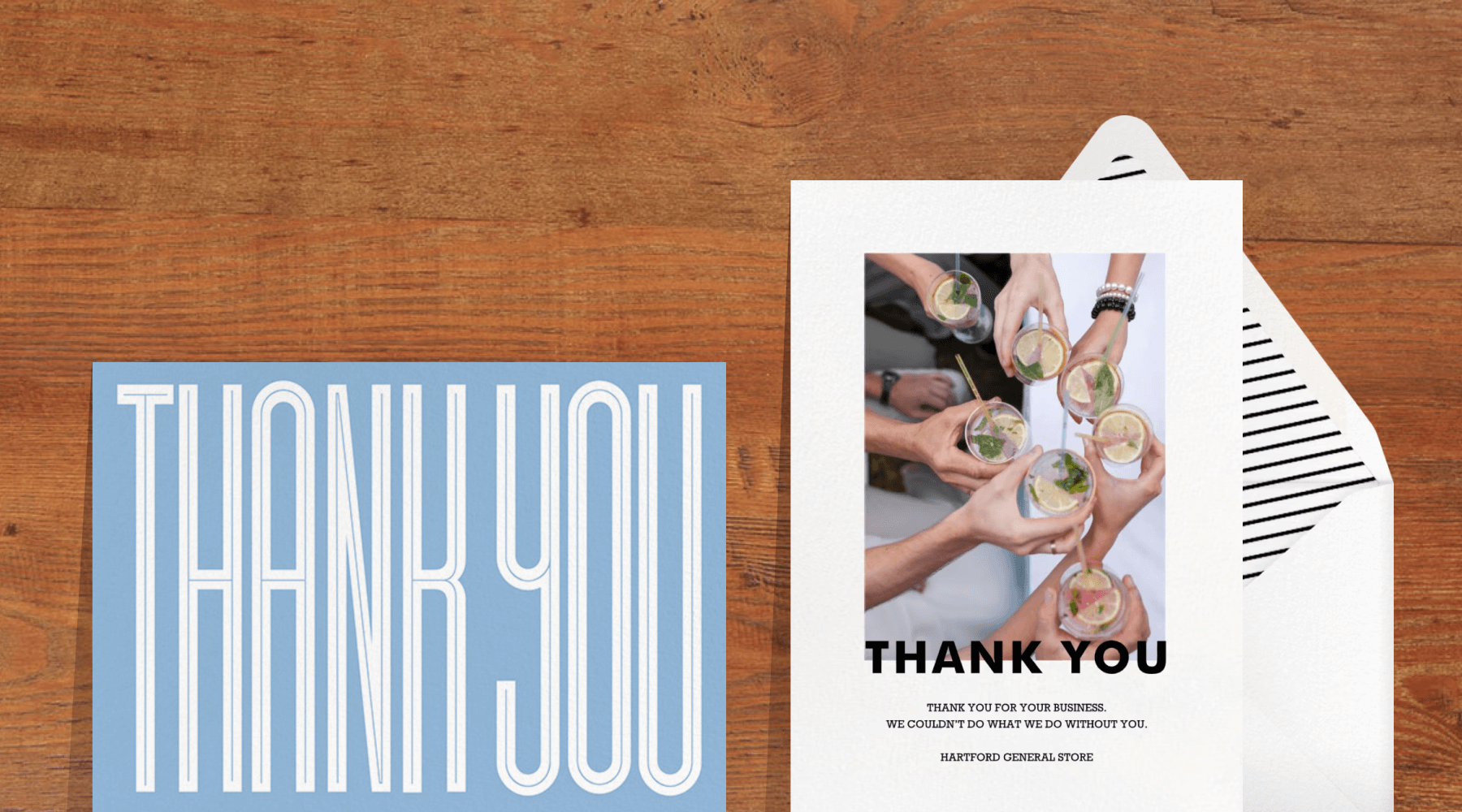
Express your gratitude to event attendees in a thank you card that can be sent easily through Paperless Post. Include special touches like event photos in a Photo Gallery Block or a recorded “thank you” message in a Video Block. Thank you cards allow you to continue to build the relationships you cultivated at this event.
If you integrate survey links within your thank you cards, you can create an effortless follow-up practice for you and your guests, making them more inclined to attend the next one. Asking for feedback keeps the lines of communication open and offers insights that wouldn’t otherwise be captured.
Plan your next big event with Paperless Pro
Increasing event attendance requires an intentional, multi-faceted approach, an understanding of your audience, a strategic marketing plan, engaging marketing materials, and the technology to pull it all together. With these seven expert event planning tips on how to increase event attendance, and Paperless Pro by your side to streamline the planning process, your event is sure to be a success.
Find sophisticated, business-minded designs that streamline planning and impress guests.